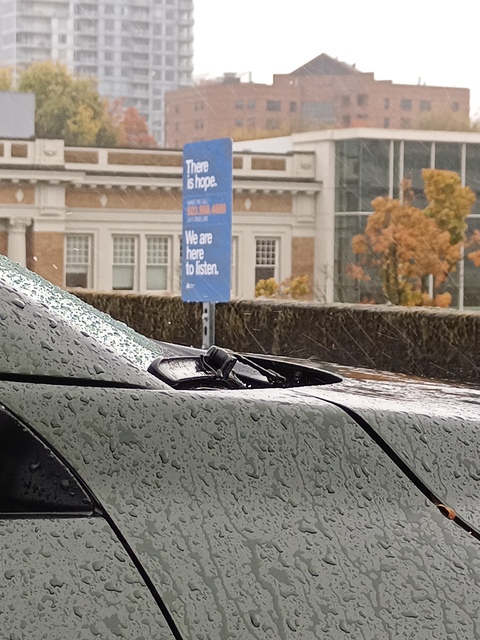IN today’s episode of
“Famous Scams of the Past,” we’ll take a look at an item that dominated the airwaves with
ads years ago—The Phonics Game. (“What’s that?” I hear you asking, “You never had ‘episodes’ of any such thing, what’s going on?”
A fair question. I don’t know, it’s just a turn of phrase to introduce the topic. But talking about scams and history can be fun, so
who knows? I might do more in the future.)
Anyway, back in the mid-1990s Dr. Greg Cynaumon came out with this revolutionary new way to teach kids to read. He called
it “The Phonics Game” and he claimed it was so amazing, so unprecedented and powerful, that if your child didn’t get a full
letter-grade improvement on their next report card after using the game, you’d get your money back.
Pretty cool, right? Well, there was some controversy that came to life along with the excited interest from parents looking for anything
to help their kids who were struggling with reading skills. (And considering the game’s creator also suffered the embarrassment
of getting in legal hot water with the FTC for selling diet pills that didn’t quite live up to their advertising, controversy seems
to follow his business ventures more than I’m sure he’d prefer.)
I seem to recall it getting to the point where it was—at least in the circles I inhabited—increasingly viewed by consumers as something
of a scam product. I just filed it away as a curiosity until I had kids of my own who were having a tough time learning to read too,
and it occurred to me to wonder if something like this game might be helpful, or if indeed it was a scam or money-making scheme more
than an educational tool. So we bought a copy for our kids and took a look first-hand.
In my opinion, I came to the personal conclusion that it was a bit of both: a viable educational tool and a bit of a scam as well.
What was actually wrong with it, then? They had this fantastic money-back offer, how bad could it be? The answer to that is foreshadowed
by its name. It teaches reading using the phonics method (itself the subject of some controversy, but for people of my generation,
this is better known simply as “the way we were all taught to read as kids”). It’s basic, it’s simple, whether or not there’s
a better teaching method, phonics has been proven to at least work well enough for a long time now. And for this product they turned it
into a set of entertaining games to keep kids’ attention. So far, so good.
Gamification of teaching materials is nothing new and is also a time-honored approach (even for adult education), so nothing wrong with that. Does it actually work, though? In our experience, yes. Yes, it does. It actually seemed to work quite well, to be honest.
So what’s the scam part of this?
I think the only part of this that’s shady is the marketing and sales of the actual game. They hyped it up as some amazing new thing
that would work like magic in your kids’ lives, and for that they charged a premium price—over $225 for the game (about $500 in 2025 dollars). But then what price can you put on pure magic that teaches your kids to read, after all?
I learned to read before I went to Kindergarten by using something more or less akin to phonics. For free. As wonderful as this game is,
it should probably more reasonably have a price around 10% of what they were charging for it. They made a nice game around it but not
that much more to justify that price tag.1
A little corporate greed ruined an otherwise nice idea. Can’t say that was the fist, nor will it be the last time that’s happened in this
world.
Together, we can assemble amazing words and astounding tales.
—Ollie Kayuro
Fairytale Clues: Magic-filled Stories That Slip English Grammar into the Heart
